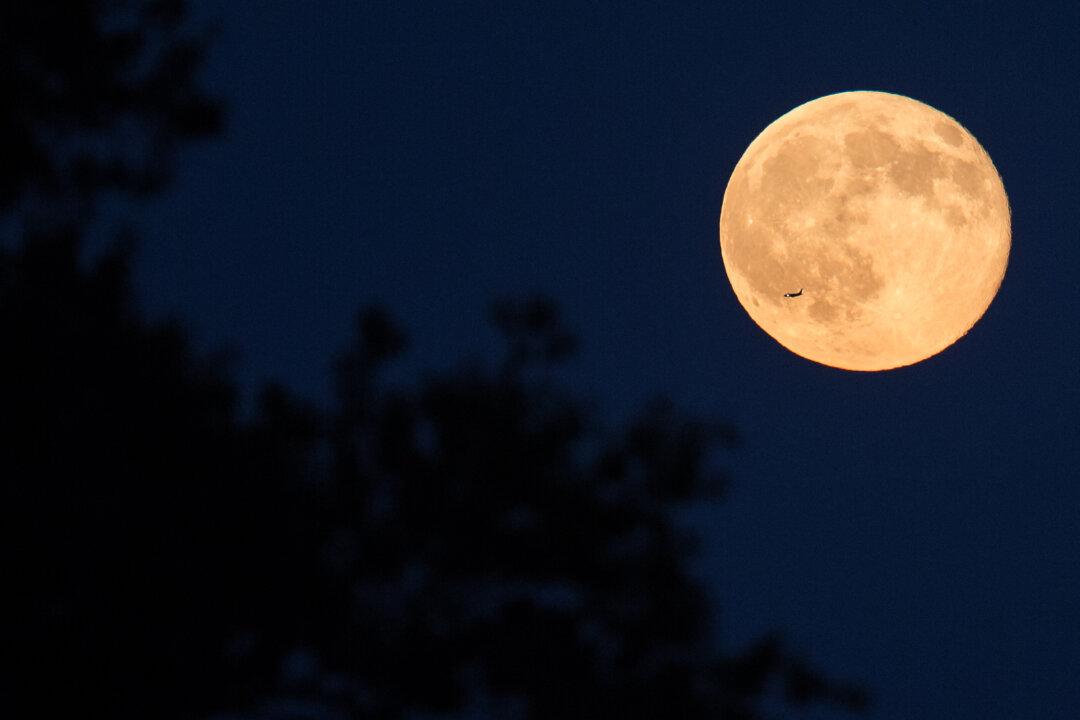A rare lunar event will be visible until May 20 and celebrated by different cultures for its mystical meanings.
A blue moon appeared across the evening sky on May 18 and will continue to be seen for two more nights, making this a full moon weekend. Native American tribes in northeast United States call the rare spectacle the flower moon, corn planting moon, and even the milk moon.





